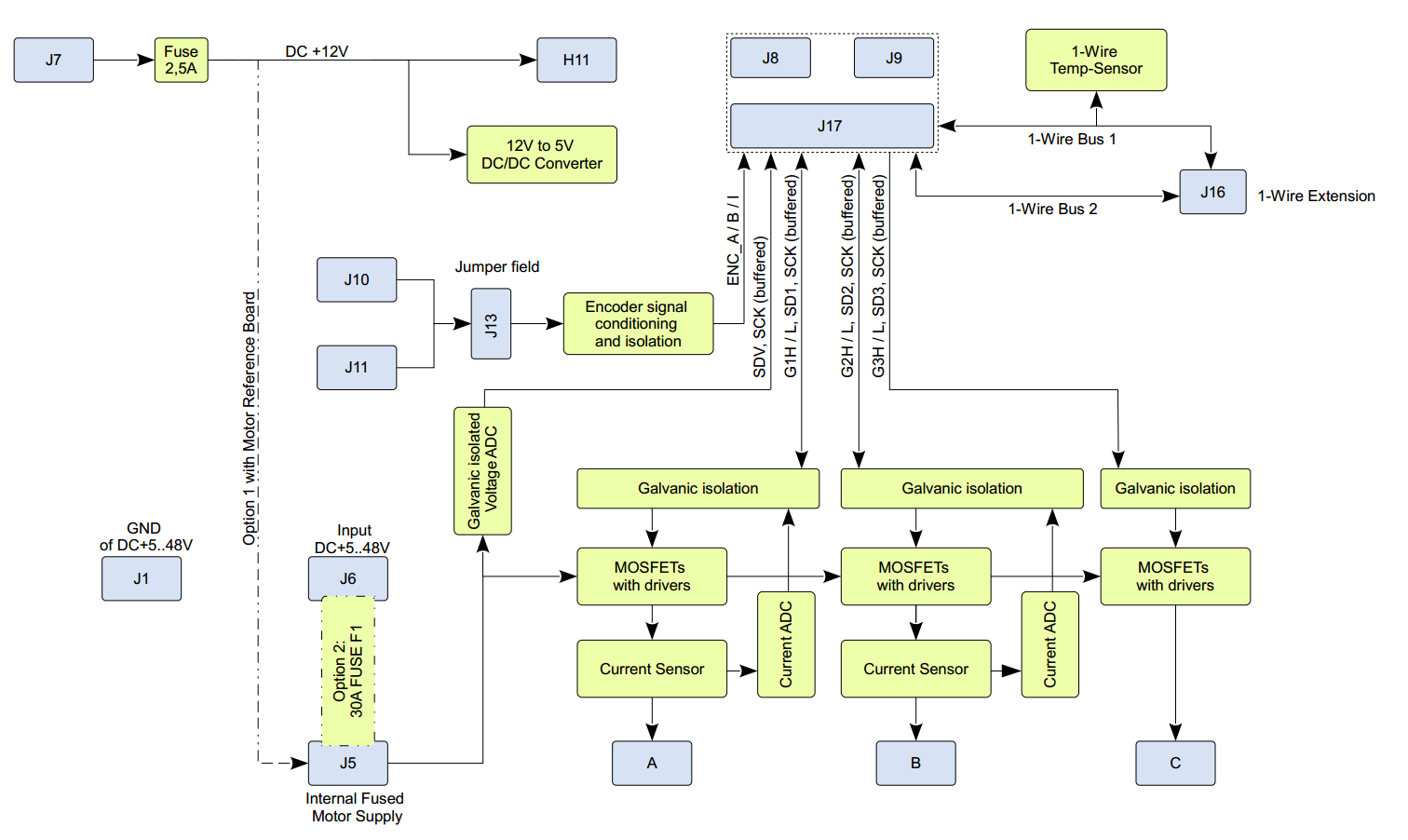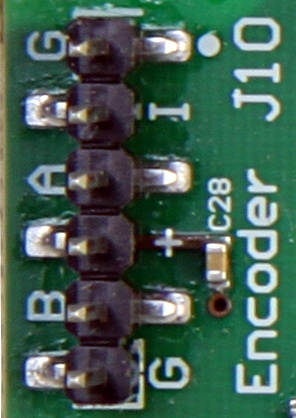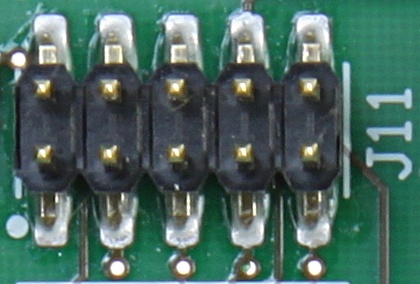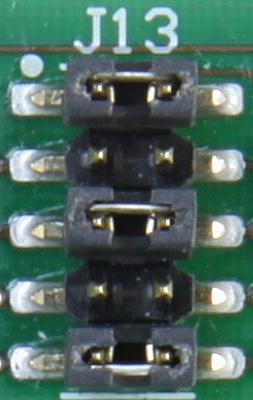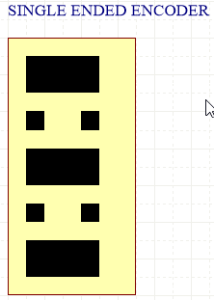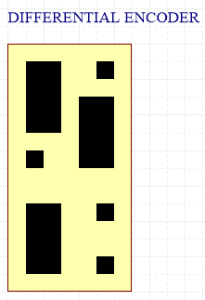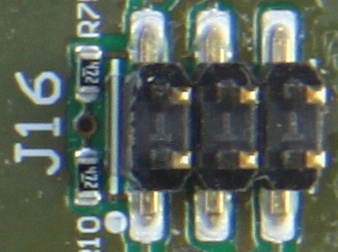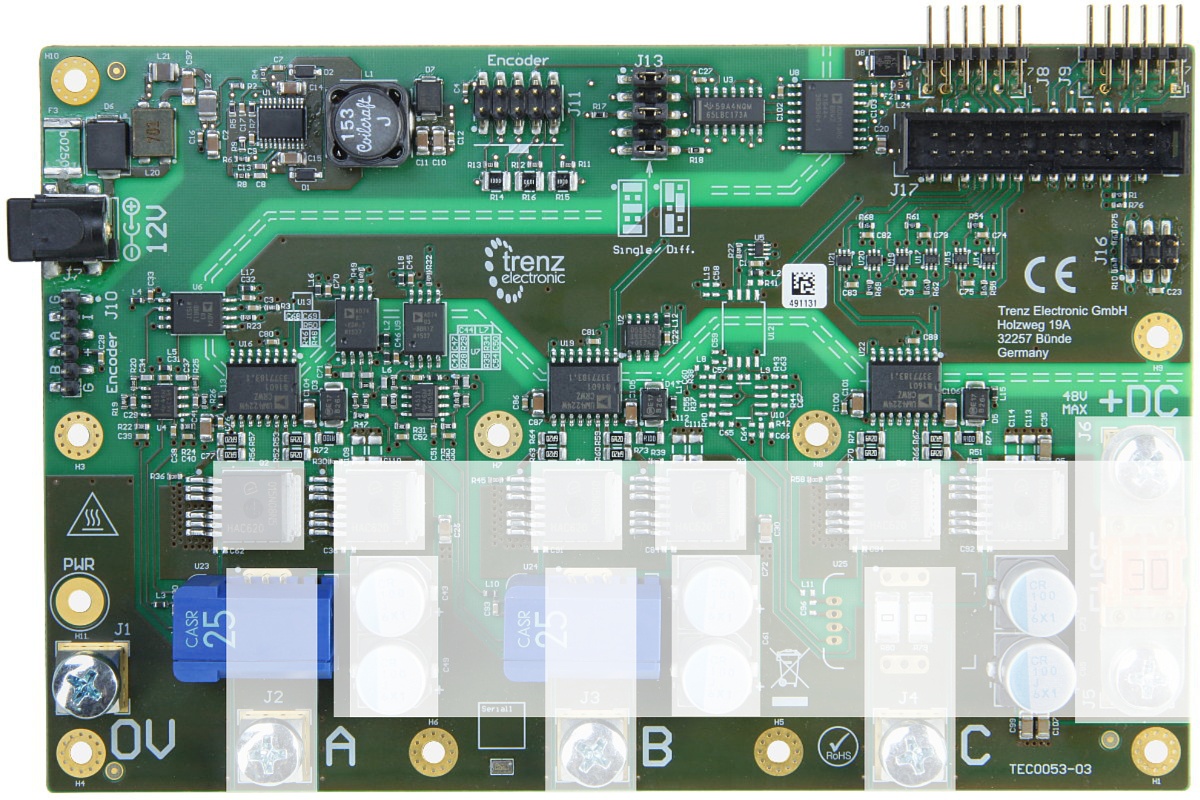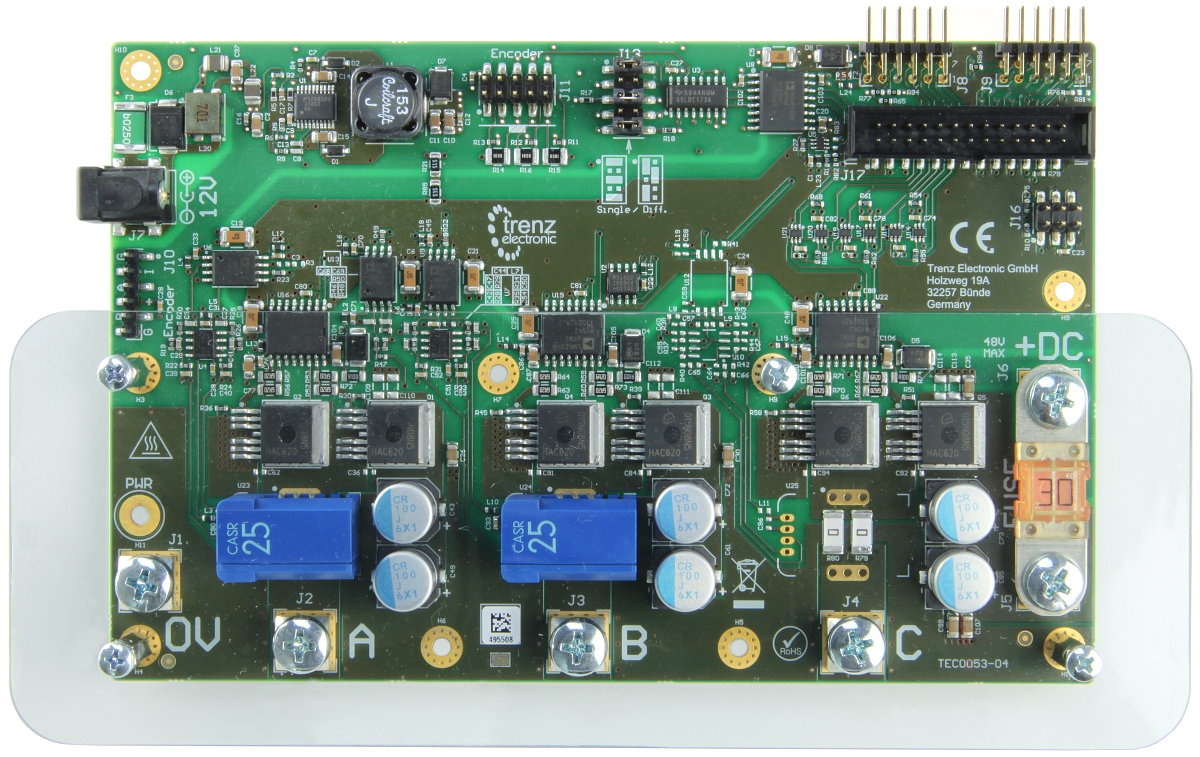Page History
| Scroll pdf ignore | |
|---|---|
|
...
Overview
| Scroll Only (inline) |
|---|
Refer to https://wiki.trenz-electronic.de/display/PD/EDPS+User+Manual for online version of this manual and additional technical documentation of the product. |
Key Features
- Evaluation of the Motor control evaluation with an the suitable controller board
- Quick evaluation with reference motor board
- Power option up to 48V and 30A main supply current
- MOSFET Power Stage power stage supporting 3-phase BLDC Motorsmotors
- Current measurement on 2-phases (3 phase measurement is optional)
- Temperature sensor on board On-board temperature sensor and 1-Wire wire bus connector for additional sensors
- Encoder input capable of receiving both single ended and differential signals
Figure 1: Top view of the PCB.
Block Diagram
Figure 2: Block diagram of the board.
General Safety Instructions
- This product is only allowed to be used by an should be operated only by qualified electrical specialist.
- This product is not allowed to be used Never leave operating board unattended.
- There is a possible risk of burns due to the hot surfaces while running operating the Board. This e.g. might be caused by an overcurrent at the motor Reason for this may be the high currents in the motor driving outputs.
- All externally connected power sources must be SELV protected (Separated or safety extra-low voltageSafety Extra Low Voltage).
- For set up the wiring switch off or disconnect All wiring and installation should be performed only with all external power supplies.
- During operations it is not allowed to change the wiring or mechanical setup.
- sources switched OFF or disconnected.
- No rewiring or mechanical setup changes should be performed while the board is operating.
- The product is rated for indoor dry environment use onlyThis product is only allowed to be used in a dry indoor environment.
- The product is only allowed intended to be used only in horizontal position on a non-conducting and non-inflammable surface.
- The mechanical setup must ensure that the whole test setup can not be dropped to the floor or moved accidentallydevice is firmly fixed in place and prevent accidental or unwanted movement of its parts.
Signals, Interfaces and Pins
Control Board Connections
Figure 3: PCB connectors J8 and J9.
| Signal names | Connector J8 | Connector J9 | Connector J17 |
|---|---|---|---|
Digital Supply to EDPS | Pin 6, 12: +3.3V | Pin 6, 12: +3.3V Pin 5, 11: GND | Pin 5, 6, 21, 22: +3.3V Pin 1, 2, 25, 26: GND |
Motor Driver PWM Signals to EDPS High and Low Side control signals
| Pin 1: G1H - Ch.A HighSide | Pin 11: G1H - Ch.A HighSide | |
| ADC Clock Signal to EDPS | Pin 1: SCLK | Pin 23: SCLK | |
| Encoder Digital Signals from EDPS | Pin 8: ENC_A | Pin 20: ENC_A | |
| Motor Current ADC "raw" Signals from EDPS (usable with FPGA IP) | Pin 2: SDI1 - Current Ch.A | Pin 19: SDI1 - Current Ch.A | |
| Supply Voltage ADC "raw" Signal from EDPS (usable with FPGA IP) | Pin 7: SDIV - from DC_LINK | Pin 24: SDIV - from DC_LINK | |
| 1-Wire bus for temperature measurement | Pin 10: EXT1 - 1-Wire Bus 1 Pin 4: EXT2 - 1-Wire Bus 2 | Pin 4: EXT1 - 1-Wire Bus 1 | |
| Not Pins not connected pins | noneNonenone | None | Pin 13, 14 |
Table 1: Description of the PCB connectors J8 and J9.
Motor and Power Connections
There are two options available for the motor and power concept:
| Detail | Option 1: Reference Motor Board with DC +12V Supply | Option 2: Customer Motor at individual DC +5..48V | Comments |
|---|---|---|---|
| Motor Supply | From DC +12V Input J7 via fuse F3 |
via Motor Reference Board to J5 of Drive board | From customer DC |
| power supply to J6 via F1 on Drive Boad | |
| Motor Connection | Motor wires connected to cage clamps on |
| Motor Reference Board J5 (A), J4 (B), J3 (C) | Motor wires connected to bolt screw terminals on |
| Drive Board J2 (A), J3 (B), J4 (C) | |
Encoder Connection Single Ended | From encoder pins via |
6-pin Pmod to Drive Board J10: J10 single ended:Pin 1: GND | From motor to Drive Board to J11 (single/differential): J11 single ended:Pin 2: +5V Supply | Jumper Settings for encoder signals.
|
| |||
Encoder Connection Differential | J11 differential with 100R terminated: Pin 2: +5V Supply Pin 3: GND Pin 5: ENC A negativ Pin 6: ENC A positiv Pin 7: ENC B negativ Pin 8: ENC B positiv Pin 9: ENC I negativ Pin 10: ENC I positiv |
Internal
Table 2: Description of the Motor and Power connector.
On-Board Temperature Sensor
Onboard There is a Maxim on-board 1-Wire Temperature temperature sensor DS18S20Z+ . This sensor is from Maxim located in the middle of the PCB for optimal readings.
Addional 1-Wire wire sensor(s) can be connected to the connector J16:
Figure 4: 1-wire sensors connector J16.
- Pin 1(DQ), 3 (GND),5 (+3.3V) at the same 1-wire bus as the onboard one
- Pin 2(DQ), 4 (GND),6 (+3.3V) at a separate 1-wire bus
Power and Power-On Sequence
DC 12V
...
power supply for the Motor and Driver board
The power source must be SELV (Separated or safety extra-low voltage) protected.
...
The internal +5V digital supply is generated from this +12V supply.
DC 5...48V
...
power supply for the Motor only
SAFETY INSTRUCTIONS:
Externally External power supply for the motor must be SELV (Separated or safety extra-low voltage) protected.
...
- only allowed to be used for electrical specialist for the used electrical voltage and power conditions
- only allowed to be used under electrical laboratory conditions
- only allowed to be used in horizontal position on a non-conducting and non-inflammable surface
- only allowed to be used with a wiring, which fulfills the current rating for the maximum possible currents.
- only allowed to be used with a suitable current limiting circuit
- The maximum continuous current must not exceed 30A.
- The delivered fuse "Littelfuse Tpye 142.5631.5302" must be used as current limiter between connector J5 and J6.
- To limit the current for smaller motor loads an ADDITIONALLY appropriate current limiter can be used e.g. a current limited power source or a fuse integrated in the wiring.
- only allowed to be used with appropriate connectors at the M5 screw connectors, which means M5 cable lugs must be used and fastened according to technical standards.
- only allowed to be used, if the "Drive Boad high current signals" conducting up to 30A nominal, are covered by isolating, mechanically stable, non-inflammable (UL V-1 or better) material
The "Drive Board high current signals" are the motor outputs A, B, C and Fuse F1 Connectors J5 an J6 and further internal connections shown white marked in the following picture:
- As minimum protection it It is mandatory to use the delivered "Isolating isolating cover PCB", which must be mounted to the mounting of the PCB made of plexiglass as a minimum protection. Use holes H1, H9, H3 , and H4 with the delivered 10mm isolating spacers :when mounting.
Board with isolating transparent plexiglass cover - front top view.
Board with isolating cover - side view - The used cable lugs need to be isolated in the area outstanding the outer border of the Drive Board.
Make sure that the "Isolating Cover PCB" is overlapping the conducting material by a minimum of 20 mm.
...
